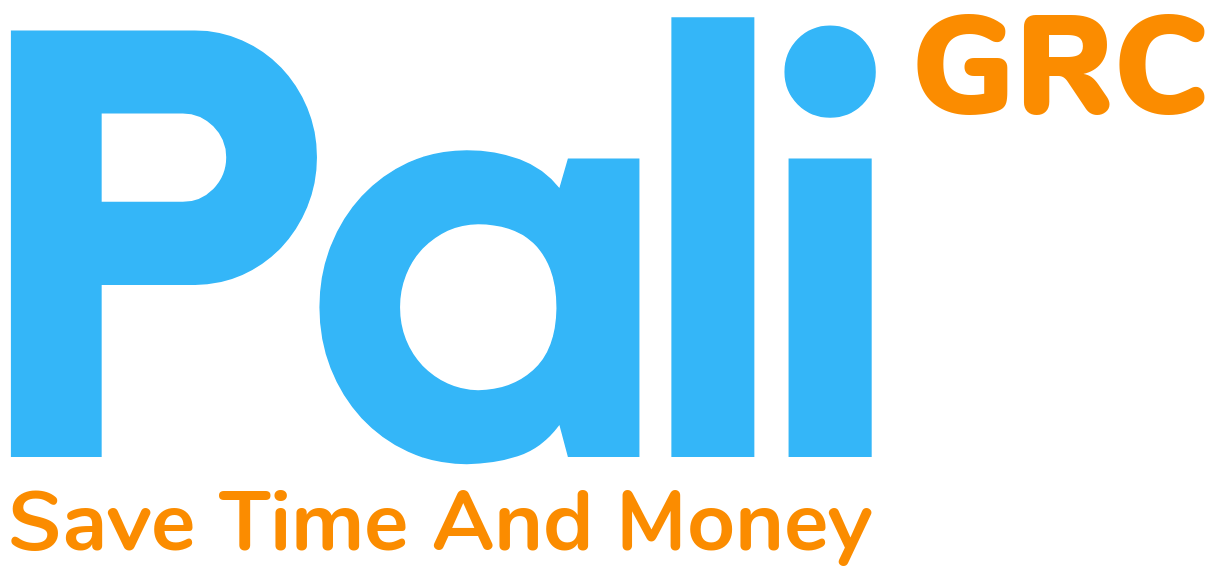Better Decisions Every Day
How to make better decisions every day using Pali GRC
Making good decisions is hard and can be extremely stressful - especially when high stakes, and multiple stakeholders or extensive consequences are involved.
So how can we make the best decisions that lead to desired outcomes?

Effective decision making requires a balance of emotion and rationality. It is essential to accurately assess the present situation, have insight into the minds and/or actions of others - as well as predicting future outcomes, and dealing with uncertainty.
The ability to manage complex decisions is one of the most valuable skills in any organisation. And the bigger the decision, the more complex it can become. This is often because of the surrounding clutter, but also the number of factors that need to be encompassed.
Decision Types
In most organisations, decisions occur at three levels:
- Strategic - long-term decisions that affect the shape and direction of the organisation.
- Tactical - to help support and implement the overriding strategy.
- Operational - relating more to day-to-day concerns.
Additionally, there are the dimensions of control and performance. Control considers how much the terms of a decision and the outcome can be influenced. Performance is about measuring success.
Information Systems
A vast array of options exist for organisations to use in order to capture information and better make and implement decisions. Typically they will either be developed for a specific discipline such as risk management or conflicts tracking, or they can be monolithic and all-encompassing with steep learning curves and restrictive methodologies.
An additional issue is that too often such systems have been made by software developers with little insight into how organisations actually function and what kinds of functionality is required to provide support for making and implementing decisions.
A Typical Scenario
Something that can happen on any day for any organisation is to receive a complaint - either from a customer or client, or an employee. The complaint needs to be formally dealt with and resolved, with accompanying decisions and assigned responsibilities at every point.
The complaint might trigger an incident, this could even constitute a breach which needs to be referred to a regulator. It could require an action plan, with associated remediation controls impacting risk and compliance. Training might be required, with assessment of progess through one or more surveys. And ultimate resolution may require mitigation through Conflicts of Interest Declarations and NDAs.
Pali GRC Can Help
The key to keeping track of, and effecting a resultion to a complex situation such as this is access to timely and accurate information. Each point of the resolution chain will involve a decision and needs to be recorded for subsequent auditing and analysis.
Pali GRC can help and report at each point - for every task, activity, result, finding, and workflow. Our robust and proven processes and templates will tie everything together into a cohesive whole that will not only make life significantly easier, but also provide integrated and effective insights into what has happened, long after the resolution is effected and all the decisions are made.
Please contact us to find out more and arrange a demonstration.
A common theme is people are averse to making (objectively and subjectively) difficult choices because they don’t want the stress of weighing all the options or the responsibility of dealing with the eventual outcome - both, good and bad. It makes us not want to make hard choices and come up with all kinds of adaptive ways of avoiding them.

